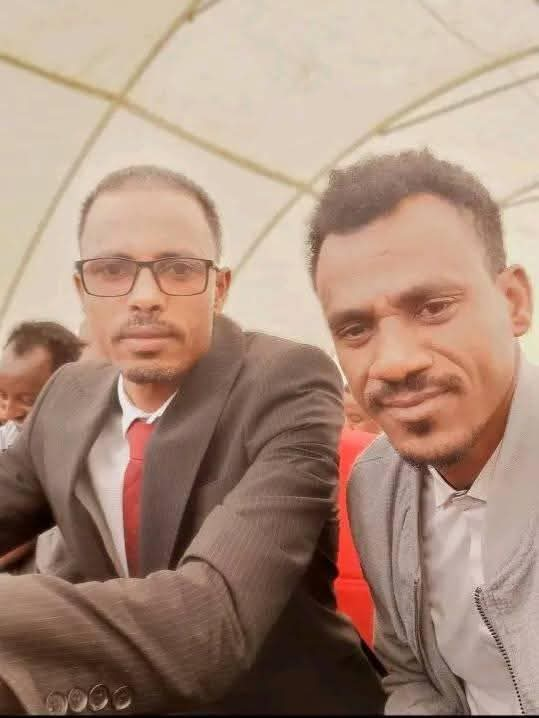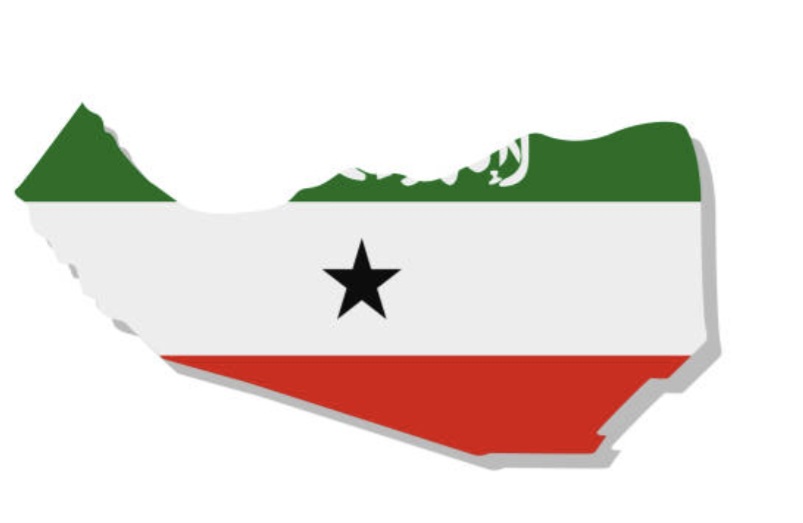Mekelle/Tel Aviv/Nairobi/Pretoria/London
Hope in Tigray: Rising Leaders Restore Heritage, Modernize Transport, and Rebuild Trust
Executive Reflection
As Tigray continues its fragile recovery from the devastation of genocide, its interim administration remains heavily dominated by entrenched TPLF loyalists where nepotism, exclusion, and corruption erode both governance and public trust. Yet, amidst this stagnation, a new generation of principled leadership has begun to emerge, offering a rare glimpse of hope and renewal.
Two figures stand out for their integrity, international outlook, and transformative vision:
Dr. Atsbha Gebreegziabher, PhD
Head of the Tigray Culture & Tourism Bureau
- Mr. Tadele Mengstu Head of the Transport Bureau
Together, they represent a generational shift in governance, steering Tigray toward recovery through the revitalization of culture, tourism, and transport infrastructure. Their efforts are not merely technical reforms they mark a profound break from the political stagnation of the past.
Vision and Mission: Tigray’s Road to Recovery
The leadership of Dr. Atsbha and Mr. Tadele is anchored in a bold, future-oriented framework that situates Tigray on the global stage:
- Vision (2035): To realize Tigray as a world-class tourist destination.
- Mission: To build an attractive, resilient, and competitive Tigray by safeguarding cultural heritage, diversifying tourism, and fostering sustainable development.
This is more than rhetoric it is a roadmap for transformation. By harnessing Tigray’s unique historical, cultural, and religious heritage, they are shaping both a healing process and an engine of economic revival.
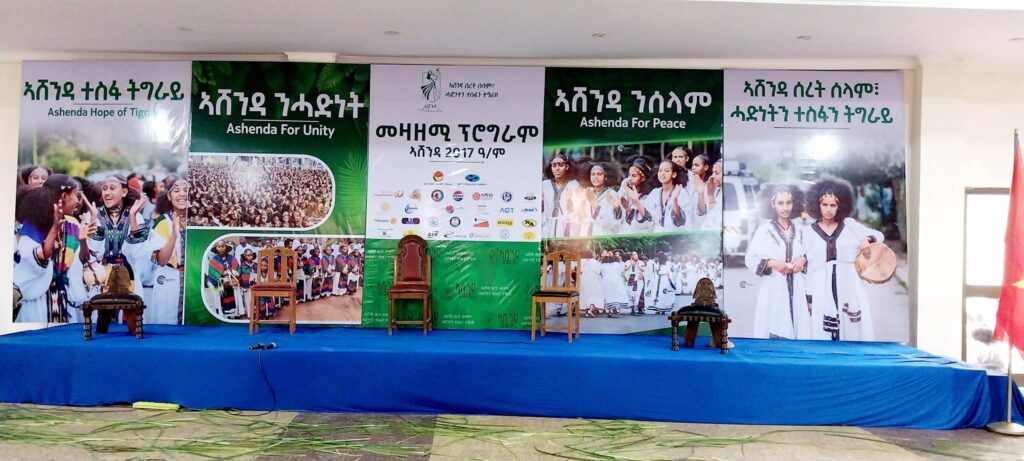
Core Initiatives Driving Change
- Heritage & Tourism Diversification
Dr. Atsbha has expanded Tigray’s tourism strategy beyond historic sites and landscapes, embracing eco-tourism, cultural immersion, and MICE (Meetings, Incentives, Conferences, and Exhibitions) tourism. Notably, his bureau stands out as the only institution in Tigray with a fully functioning digital website a symbol of transparency and modern governance.
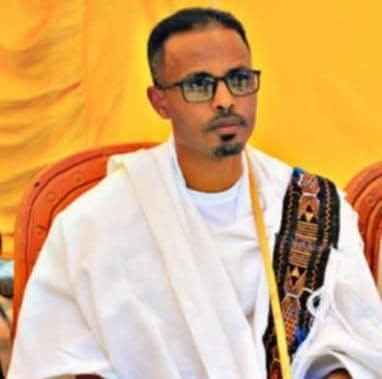
Head of the Tigray Culture & Tourism Bureau
2. International Outreach
Through partnerships with the UN World Tourism Organization (UNWTO), global academic institutions, and private-sector actors, Tigray is positioning itself within the international tourism market. Innovative marketing campaigns, curated travel packages, and participation in global forums seek to attract new streams of visitors and investment.
- Post-Genocide Memorial Tourism (Dark Tourism)
Drawing lessons from Rwanda’s Kigali Genocide Memorial and Bosnia’s Srebrenica-Potocari Memorial Centre, Tigray plans to establish sites of remembrance. These spaces will honor victims, confront denialism, and serve as powerful sites of healing while generating sustainable tourism revenue.
- Infrastructure & Accessibility
Under the leadership of Mr. Tadele Mengistu, transport modernization ensures that heritage sites, tourism hubs, and local communities are increasingly connected. His work directly complements cultural initiatives, creating an integrated roadmap where mobility and heritage reinforce one another.
A landmark reform is the introduction of E-ticketing systems across the transport sector a bold step toward transparency, accountability, and digital modernization. This initiative reduces corruption, improves efficiency, and aligns Tigray’s transport services with global best practices.

Despite strong resistance and sabotage attempts by entrenched TPLF loyalists, Mr. Tadele has persisted with this digital transformation, positioning Tigray as a model for innovation in the Horn of Africa. His reforms directly complement cultural and tourism initiatives, creating an integrated roadmap where mobility and heritage fuel one another.
Global Comparisons: Models for Recovery
- Rwanda: Tourism contributed 12.7% of GDP in 2023, with memorial tourism and natural attractions driving both remembrance and economic renewal.
- Bosnia: Initiatives such as Srebrenica: City of Hope transformed tragedy into remembrance and learning.
- Cambodia: The integration of Angkor Wat into national recovery demonstrated how cultural heritage can restore identity and resilience after conflict.
Tigray now stands at a similar crossroads, with the potential to become a beacon of post-conflict cultural recovery in the Horn of Africa.
Resistance from the Old Guard
Rather than being celebrated, these leaders face hostility from entrenched TPLF cadres. Their initiatives are met with character assassination, blackmail, and institutional resistance rooted in fear that meritocracy will replace nepotism, transparency will expose corruption, and youthful innovation will displace stagnation.
This opposition underscores a deeper truth: Dr. Atsbha and Mr. Tadele are feared precisely because they represent the future.
-International Significance
The work of these emerging leaders extends beyond Tigray’s borders. Their initiatives align with international best practices in post-conflict recovery combining heritage preservation, transitional justice, and sustainable tourism. By restoring credibility through merit-based governance, they embody resilience, courage, and creativity qualities essential for stability in the Horn of Africa.
Supporting such figures is not merely about Tigray’s recovery; it is a matter of advancing **regional peace, international justice, and sustainable development.
Editorial Recognition
The Horn News Hub and Horn of Africa Geopolitical Review formally acknowledges the contributions of:
Dr. Atsbha Gebreegziabher, PhD for pioneering Tigray’s tourism diversification, cultural restoration, and global outreach.
Mr. Tadele Mengstu** for leading transport modernization and infrastructure renewal as key pillars of recovery.
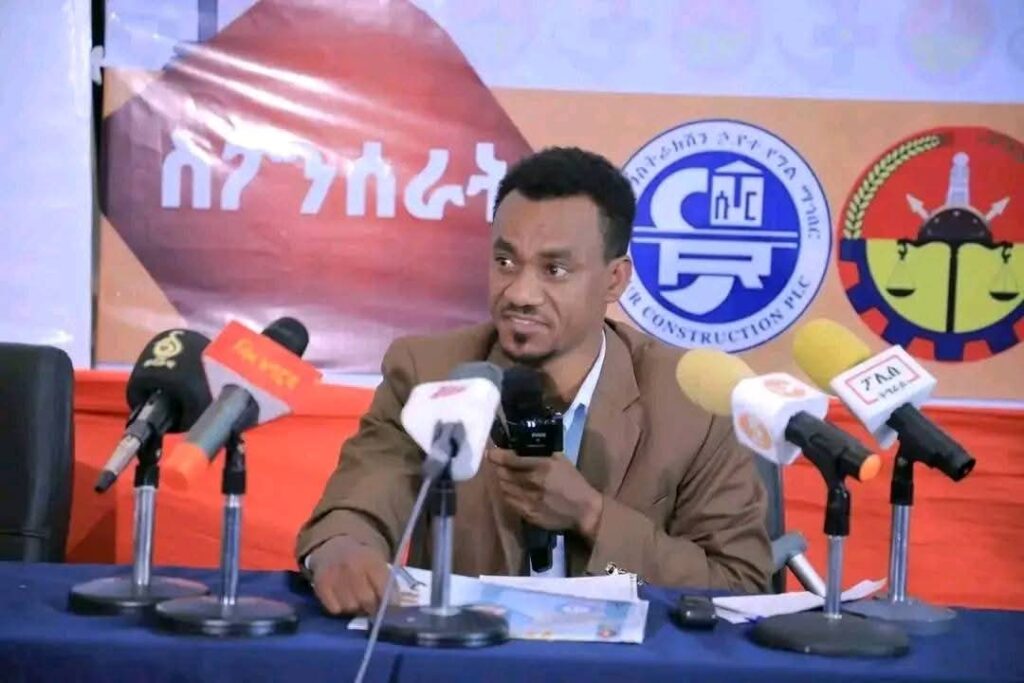
Together, they symbolize the generational shift Tigray urgently needs: leaders of integrity who prioritize service, resilience, and innovation over entrenched patronage.
As the region looks to the future, these figures deserve recognition through international partnerships whether via UNESCO heritage programs, EU cultural collaborations, or African Union tourism initiatives.
Their leadership is not only reshaping Tigray it is laying the groundwork for a more just, peaceful, and sustainable Horn of Africa.


